Tech Translated:
What does Artificial Intelligence mean for the talent world?
Artificial Intelligence, or ‘AI’ as it’s more commonly known, has come to prominence in public consciousness in recent months. It has sparked fierce debates around the future of work, the ethics of decision-making, and the role advanced technology may play in everyday life.
But AI is not a new phenomenon. Its origins go back to the work of war-time scientist Alan Turing. It was in the early 1950’s that Turing first proposed the question, “Can machines think?”. He set out to measure the rise of machine intelligence in what was then a truly analogue world.
Like the Internet before it, AI is changing how we think about virtually every task required, from the most basic of chat bots, to generating wholly realistic film footage and content. With governments and politicians globally now entering the debate, there is a very real sense of inevitability within the AI conversation. In many circles, there is optimism around what can be achieved with AI – how it can facilitate a return to the ‘human approach’, and the need to balance the requirements of both tech and touch.
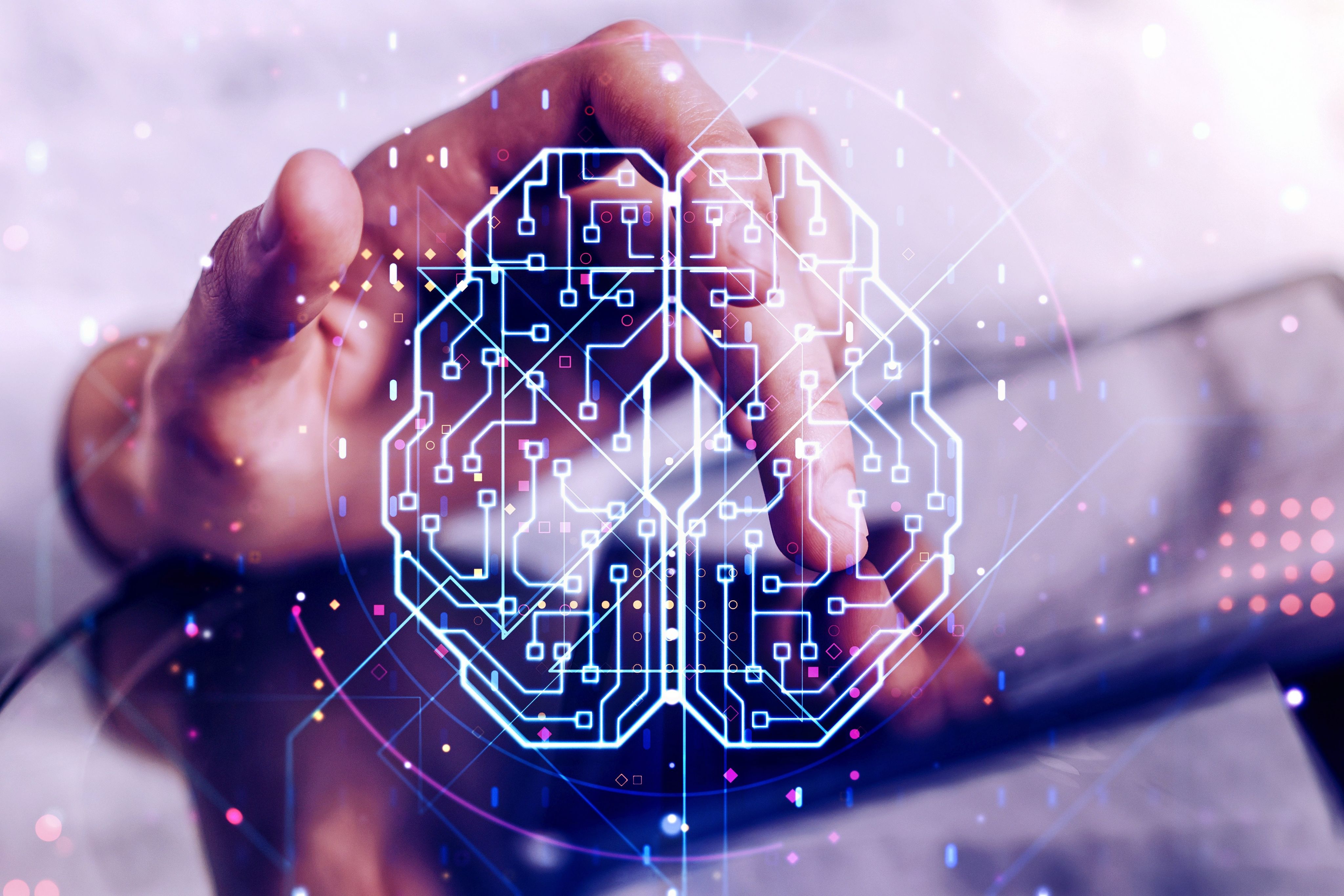
For the world of Talent Acquisition (TA), these are very prescient conversations. In today’s challenging economic environment, the pressure to put the right people in the right roles is higher than ever. Quality of candidate and speed of hire have always been important. But in a tight market, with organizations striving to return to growth, these factors are gaining even greater significance. Understanding what tech can help drive these goals is critical.
But the pace of tech is fast. It is not a given that we have all had time to understand the key starting principles that are so fundamental to a successful talent tech strategy. Everyone is experimenting, but how do you create a strong foundation to enable change?
Before answering this question, it’s helpful to start with the basics.

What is AI?
In simple terms, AI is a machine’s ability to perform human-like capabilities.
Right now, most talent organizations are using what’s called ‘processing and machine learning’ AI. You don’t need to be an expert to explore these types of AI and bring them into your talent function. Anyone can do it with the right knowledge and support.
That’s why this approach has lent itself well to matching, prediction and recommendation engines – helping to automate some of the time-consuming tasks that TA teams have typically undertaken using data.
What’s gaining more traction as of late is ‘generative’ AI. This type of AI uses deep learning and neural networks, allowing users to ask questions so the AI can provide solutions. And it means a whole host of new tasks can be supported as the lines between bot and human intersect more and more.

How is AI currently used in TA?
One of the most meaningful ways businesses are using AI is around candidate discovery and creating shortlists of candidates. Many different AI tools can identify prospective talent through matching skill sets for certain areas of the business. Ultimately, AI doesn’t usually make final hiring decisions; it only identifies who might be right from the candidate pool. A human lens is still very much required.
Another way AI creates efficiencies for talent professionals is through optimizing job postings or adverts. It spots opportunities to change the language and modifies postings to make them more inclusive, or to reach a larger audience.
AI also supports the development of training programmes, whether they are written or video, or different models or methodologies. Whatever is needed, AI can help talent teams to create content for a wide variety of training formats.
What’s more, AI allows task automation through decision engines. For example, it looks at tasks that can be programmed to say, “if X happens, we should take Y action”.
And it doesn’t stop there. Some of the more advanced tasks recruiters are using AI to perform include drafting content for candidate emails, visualizing analytics for better decision making, and developing virtual assistance or conversational interfaces to help with sourcing and candidate screening.

What does the future hold for AI and TA?
AI is constantly learning and adapting. With new technologies created each day, the possibilities for organizations continue to evolve.
Some of the more progressive businesses are now trialing AI to help with digital interviews and then analyzing the responses. It can take a transcription and summarize the key themes or the actions that were agreed on.
AI is also beginning to help with securing and growing talented employees. This technology allows businesses to identify roles that could be difficult to retain employees for. Before AI technology, TA teams would likely not have had oversight on this important information.
What’s more, there are increasing scenarios where AI can help with reskilling and upskilling – planning the right path for employees if they want to grow and to learn a new area of a business. Instead of a talent leader spending precious hours determining one individual’s specific career journey, AI is starting to map out a path for internal mobility in seconds.
As the technology advances, any area of a business that requires a large subset of data will benefit from AI. Historically, in talent, machine learning could calculate which candidates a recruiter should talk to. But as generative AI integrates more closely with day-to-day TA processes, recruiters will begin to see who they should talk to, as well as when, what they should say, and how they should say it.

Where to start with AI?
As the saying goes, you need to walk before you can run. Prior to implementing an AI tool or solution into the business, it’s important that talent teams understand AI and how it can work for them.
AI-readiness checklist
o Is the AI technology compliant with local laws and regulation?
o Who is helping our internal teams to implement the AI?
o Have I spent time selecting the right technology?
o Have we chosen the right people to lead this part of our business?
o Do we have a process in place that will work for this technology?
o Is our current operating systems set up to support the introduction of this technology?
As soon as you have identified what criteria you have prepared, you will be able to take the next step in defining the business problem you want to solve.
“Nearly half of talent leaders do not feel prepared for forthcoming AI regulations.”
AMS Survey: Talent Leaders' Attitudes Towards AI

What are the business challenges AI can solve for?
Many large companies have already successfully welcomed AI into their HR departments. Large technology companies are converting interview notes into summaries. The logistics industry is automating screening and ranking processes. Financial, retail, and food and beverage industries are leveraging Virtual Assistance.
As talent teams explore new technology and begin to assemble the proper infrastructure to adopt AI, a strategic technique is outlining the top pain points or areas of inefficiency within the hiring operations.
Establishing a strategy for where and why to start implementing AI into a business is a vital step that can lead to the best results.
Some of the common pain points (but not all) that AI can create talent solutions for include:
o More applicants than your team has time to respond to
o Interactions with prospective talent that are mundane or not customized
o Internal processes that aren’t streamlined or often disorganized
o Candidate and hiring manager experiences that could benefit from tailoring
o Too many manual tasks across HR

Embracing the unknown in talent tech
One thing is for certain, organizations shouldn’t bury their heads in the sand when it comes to AI.
Businesses can start rethinking features and functionalities they are delivering today, but through the lens of AI. As time passes, AI will change. It’s advised that companies begin their journey now to stay ahead, rather than wait and delay gaining this advantage.
Every organization should have an AI roadmap for further evolution. Otherwise, adoption rates will decline. In the consumer world, AI is going to improve day-to-day experiences of using technology, so prospective talent is going to expect the same experience as employees and customers.
At the very least, talent teams should be researching and understanding its impact on their everyday processes. Despite risk-aversion, a business cannot afford to put AI to one side and forget about it. An understanding of where AI could be used, even if in a more limited way, should be explored to at least start the journey.
When we look at the changing digital landscape, and the ways companies are accelerating to adapt to new technologies, it is clear the talent industry will be no different. If HR teams can find the best new hires quickly, and if employees feel roles reflect their skillset and ambitions, harnessing AI will be the new reality.
Organizations need to stay educated as technology shifts in talent. AI might not be a silver bullet that can solve every recruitment problem, and human interaction will still be needed. But one thing is clear: it’s going to change the face of hiring – creating a smarter, more efficient, and re-imagined talent world.
To learn more about how to successfully bring AI into your business, read our article on operationalizing AI technology.


